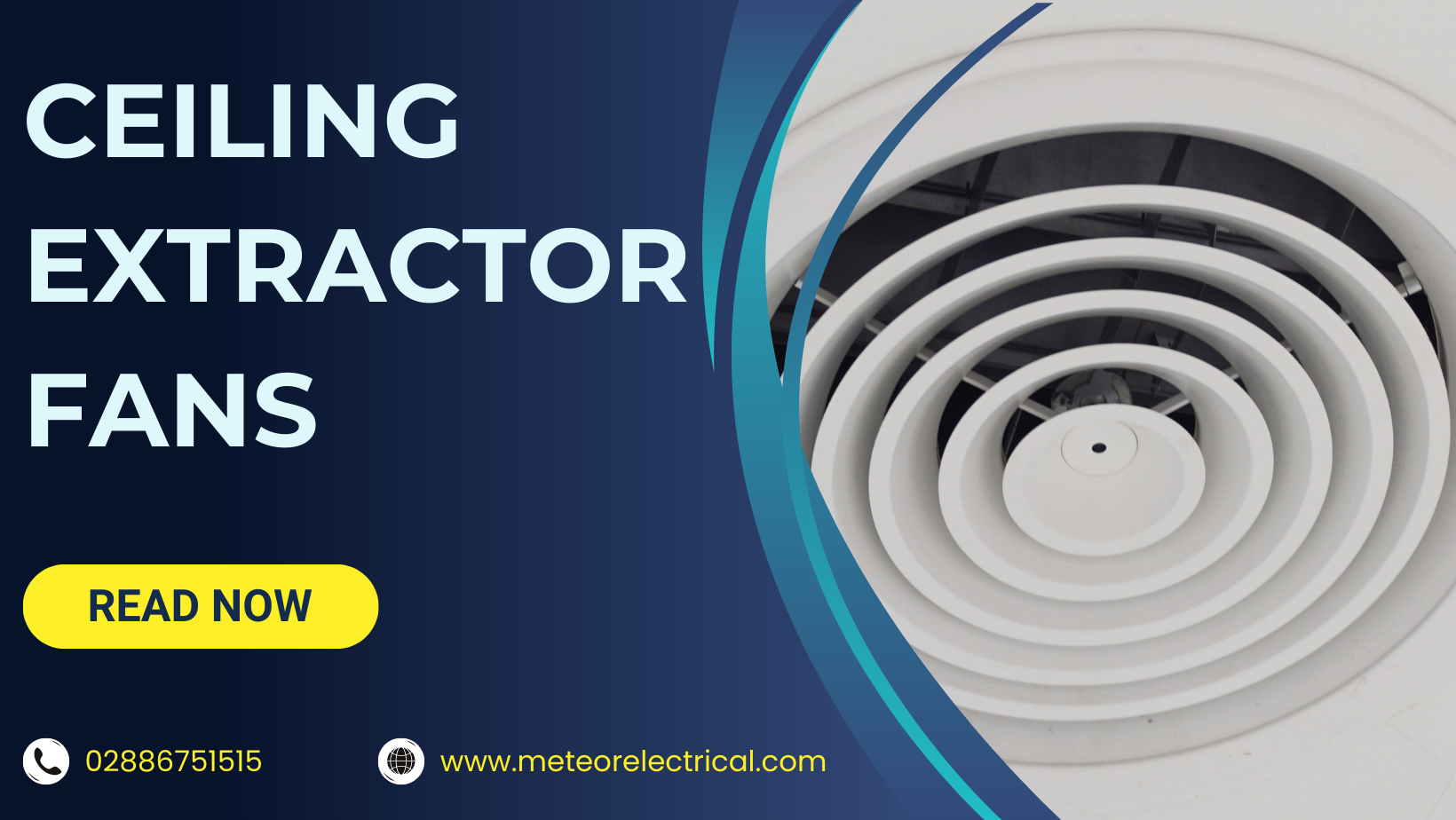Ceiling Extractor Fan
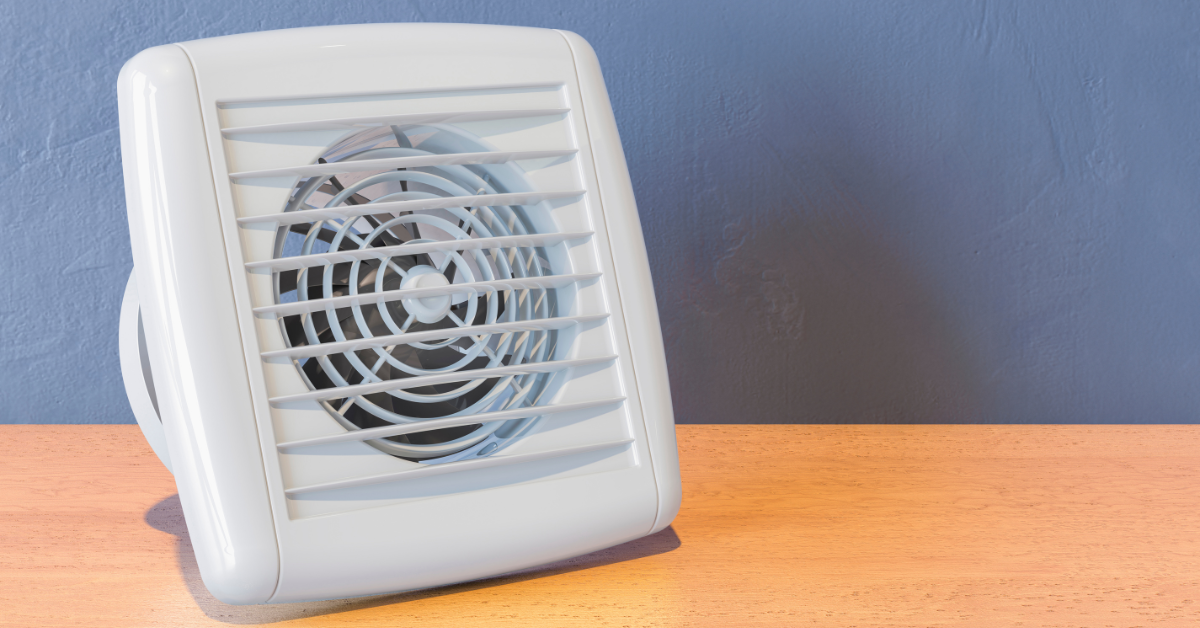
Extractor fans are essential for maintaining a fresh, breathable environment in bathrooms, kitchens, and other areas prone to humidity and odours. These devices efficiently remove moisture, smoke, and unwanted smells, ensuring that your home remains pleasant and hygienic. However, traditional wall-mounted fans can take up valuable space, which is why ceiling extractor fans are becoming increasingly popular. By blending into the ceiling, these fans offer powerful ventilation without disrupting the room's aesthetic.
In this guide, we’ll explore the best ceiling extractor fans, how to choose the right one for your home, and the key features you should consider. From silent running models to those with integrated lighting, we’ve got everything covered to help you make an informed decision.
For additional ventilation tips, check out this article by Vent-Axia on proper air quality management or explore Energy Saving Trust’s advice on energy-efficient appliances.
What Are the Best Ceiling Extractor Fans?
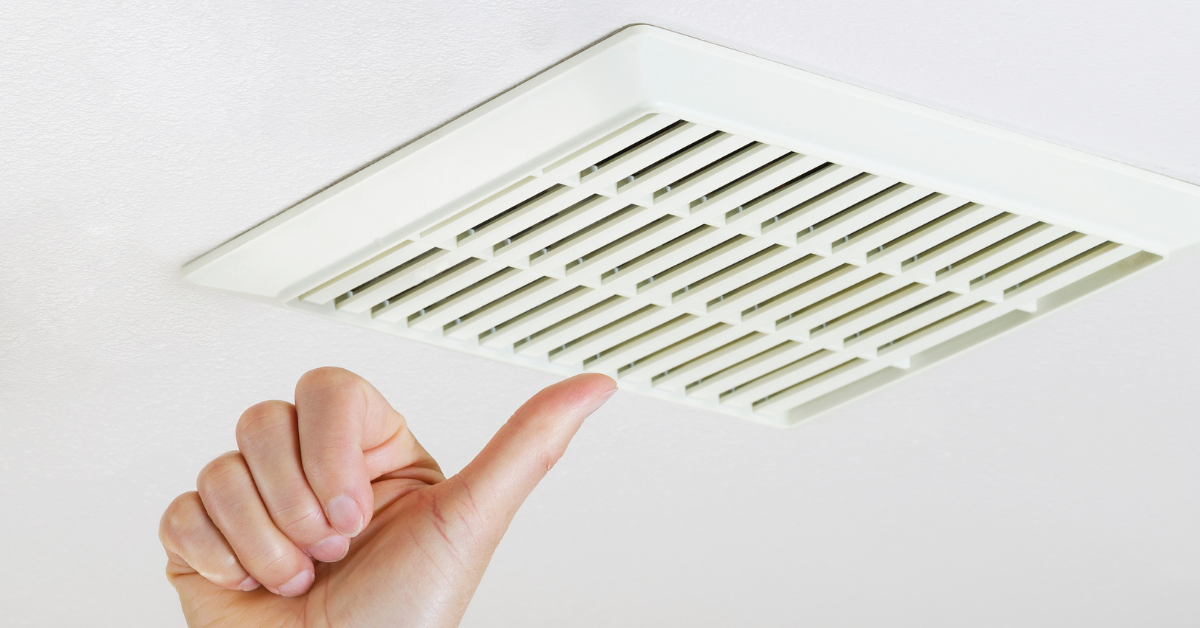
Choosing the perfect ceiling extractor fan can significantly enhance the air quality in your home, particularly in rooms like bathrooms where moisture is prevalent. Meteor Electrical offers a wide range of high-quality extractor fans that suit various needs, from compact models for small spaces to robust options for larger rooms. Below are some of the best ceiling extractor fans available from Meteor Electrical:
1. iCon Eco Extractor Fan
The iCon Eco Extractor Fan is a standout option for those looking for both style and functionality. Despite its compact size, it delivers an air extraction rate of 18 liters per second, making it ideal for bathrooms and shower rooms. This model is known for its sleek design, allowing for seamless installation in your ceiling. Its compact nature ensures that it doesn’t detract from your bathroom’s aesthetics while efficiently removing moisture from the air.
The iCon Eco's minimalist design fits well in modern bathrooms, and the quiet operation ensures you won't even notice it's working hard to keep the air clean and fresh.
2. Xpelair Simply Silent Extractor Fan
The Xpelair Simply Silent Extractor Fan is another top choice, designed for those who value a peaceful home environment. It features Ghost Air Movement technology, which ensures it operates quietly, making it one of the most unobtrusive options on the market. You can adjust the over-run timer between seconds and 30 minutes, making it perfect for energy-efficient operation.
With air exchange rates of 15L/s or 21L/s, this model is versatile enough for almost any bathroom size. Its ability to run silently makes it ideal for households where noise can be a disturbance, especially during late-night bathroom trips.
3. Xpelair Silent Contour Extractor Fan
The Xpelair Silent Contour Extractor Fan is perfect for those seeking a powerful yet visually appealing option. Its smooth base plate design hides all components, giving it a clean, minimalist look that fits in seamlessly with modern interiors. You can install it on both walls and ceilings, offering flexibility depending on your bathroom’s layout.
This model also boasts a powerful two-speed extraction system, allowing you to choose the level of ventilation depending on your needs. It’s a great fit for households where bathrooms are used frequently, ensuring fresh air circulation without compromising on style.
Credit: XpelairUK
| Fan Model | Airflow Rate (L/s) | Noise Level (dB) | Run-On Timer | Silent Running | Trickle Ventilation | IP Rating | Additional Features |
|---|---|---|---|---|---|---|---|
| iCon Eco Extractor Fan | 18 | 26 | Yes | No | No | IP44 | Compact design |
| Xpelair Simply Silent Fan | 15 or 21 | 14 | Yes | Yes | No | IP45 | Ghost Air Movement technology |
| Xpelair Silent Contour Fan | 15 | 16 | Yes | Yes | No | IP44 | Two-speed options |
| Manrose 3-in-1 Bathroom Heater | 15 | 23 | Yes | No | Yes | IP44 | LED lighting & heat lamp |
| Xpelair Premier DX200 Fan | 24 | 20 | No | No | Yes | IPX5 | High extraction power |
Ceiling Extractor Fans with Lights
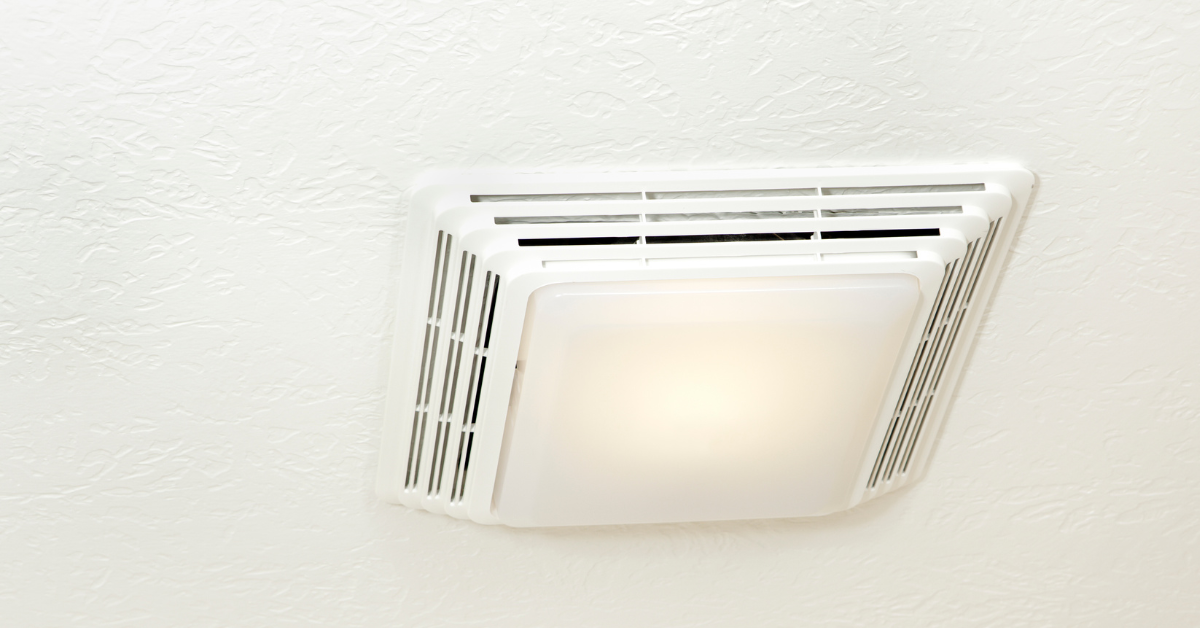
For those seeking multi-functional options, ceiling extractor fans with integrated lighting are a popular choice. These come in 3-in-1 models, offering ventilation, lighting, and heating, making them an ideal addition to bathrooms. Models like the Manrose 3-in-1 Bathroom Heater feature an energy-efficient LED light and built-in heat lamps that provide warmth directly below the fan, perfect for cold winter mornings.
When choosing a fan-light combo, ensure you check the dimensions of your current installation or measure the space for new installations. Many of these models also come with a remote control for added convenience. For more insights on energy-saving lighting, visit Lighting Europe.
The heat lamps found in these extractor fans emit a direct beam of warmth, making them ideal for cold, wet mornings. Imagine stepping out of the shower and being enveloped by soothing warmth while the fan works quietly above, clearing out moisture from the room.
For homeowners looking to reduce energy consumption, many of these ceiling extractor fans with lights now feature LED bulbs, which are known for their energy efficiency and longevity. Additionally, LED lights provide bright, clear illumination that enhances visibility while using far less energy compared to traditional bulbs. You can also add an energy-efficient LED bulb to maximise the functionality of your extractor. Some extractor fan/light models also come with remote control.
How Are Ceiling Extractor Fans Installed?
Installing a ceiling extractor fan is relatively straightforward but requires careful consideration of the bathroom’s size, the airflow rate, and the available duct space. For the fan to operate effectively, it needs to expel air outside, which means proper ducting is essential. Ensure that the installation meets your local building codes. For guidance on ductwork and proper installation, refer to Building Regulations Approved Document F.
Some important factors to consider include:
- Fan Placement: Mount the fan directly above the shower or in the center of the room for maximum effectiveness.
- Ducting: Keep the ducting short and straight to maintain optimal airflow.
- IP Rating: Ensure the fan has the correct IP rating for bathroom installations, especially if it's positioned near water sources. Inline fans with high IP ratings are ideal for shower areas.
Before installation, you’ll need to ensure that the ceiling is structurally capable of supporting the fan’s weight. For bathrooms with suspended ceilings, this might involve reinforcing the installation area. Additionally, you'll need to create space for ductwork, as most ceiling extractor fans vent air to the outside. The ducting should be kept as short and straight as possible to ensure efficient air movement.
If you're installing a fan above a shower, it's essential to choose one with the appropriate IP rating to ensure safety in areas with high moisture exposure. For shower areas, an IP45-rated fan is recommended.
Credit: Lowe's Home Improvement
Important Features of Ceiling Extractor Fans
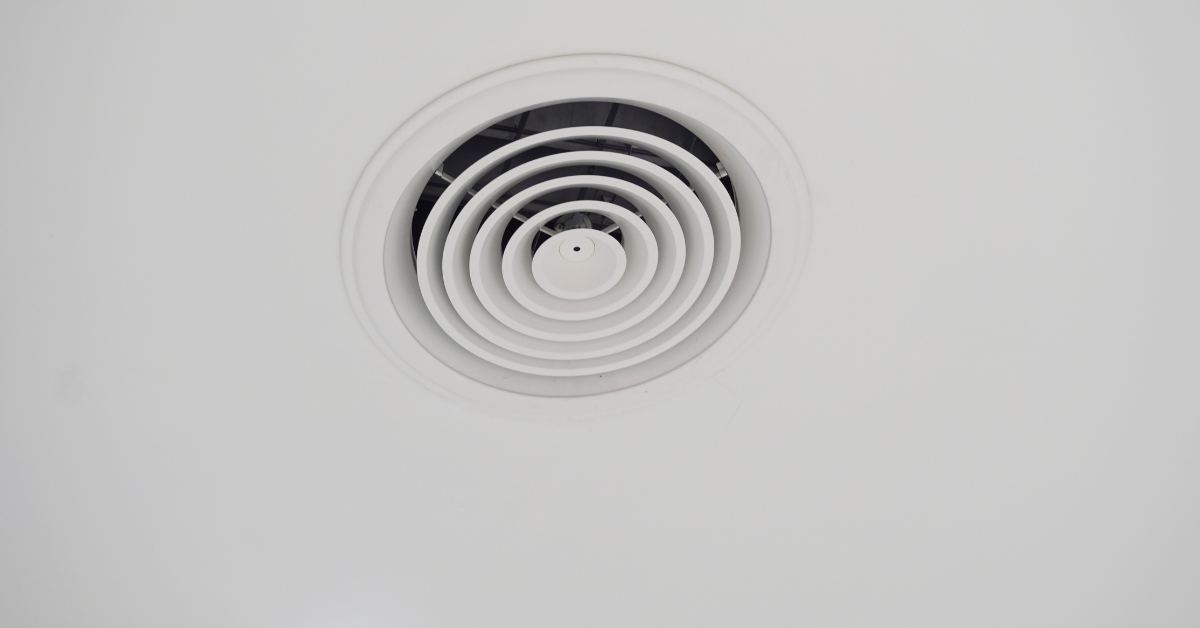
When selecting a ceiling extractor fan, it’s essential to consider key features that improve performance and user experience. Here are some of the most important ones:
1. Run-On Timer
The run-on timer is one of the most crucial features to look for in a ceiling extractor fan. It ensures that the fan continues to run for a specified period even after you switch it off, allowing all moisture to be fully extracted from the room. Many models, including those from Meteor Electrical, offer timers that can be adjusted between 5 to 30 minutes.
In some cases, UK building regulations require extractor fans to have a run-on timer of at least 15 minutes if installed in rooms without windows. This feature is particularly useful in preventing mold and dampness in enclosed spaces.
2. Silent Running
Noise is a common concern when choosing an extractor fan, especially if it’s installed in a frequently used bathroom. Fans like the Xpelair Simply Silent feature technology that reduces noise levels to as low as 14 decibels when operating at their minimum extraction rate of 15 litres per second. These silent running fans ensure that you won’t be disturbed by loud whirring sounds, making them a great choice for families.
3. Trickle Ventilation
For spaces that require constant airflow, trickle ventilation is a must-have feature. It allows the fan to operate at a low level continuously, ensuring that air is always being extracted, even when the fan is not fully in use. This is especially beneficial in bathrooms that lack natural ventilation through windows. The fan boosts to maximum power only when needed, ensuring energy-efficient operation.
4. Safety Extra Low Voltage (SELV)
When installing extractor fans in bathrooms, safety is paramount. SELV models are designed specifically for use in bathroom zone 1, which includes the area directly above the shower. These low-voltage models are safer for use in wet environments, reducing the risk of electrical hazards.
5. Delayed Start Timer
While not as common, some models come with a delayed start timer that begins extraction after a brief pause. This feature is handy for late-night trips to the bathroom, as it delays the fan’s noise for a few moments, reducing the chances of disturbing others in the household.
What Sizes Do Ceiling Extractor Fans Come In?
Ceiling extractor fans come in various sizes, and the size you choose will depend largely on the size of the room you’re ventilating. The size of the fan refers to the diameter of the blade and the spigot, which fits into the ceiling. This size also determines the ducting and accessories required.
Most residential bathrooms are well-suited for a 4-inch fan, which is the standard size for most homes. However, larger rooms such as kitchens or commercial spaces may require 6-inch or even 8-inch extractor fans for adequate ventilation. Inline fans also come in 5-inch varieties for specialised installations.
What Size Extractor Fan Do I Need?
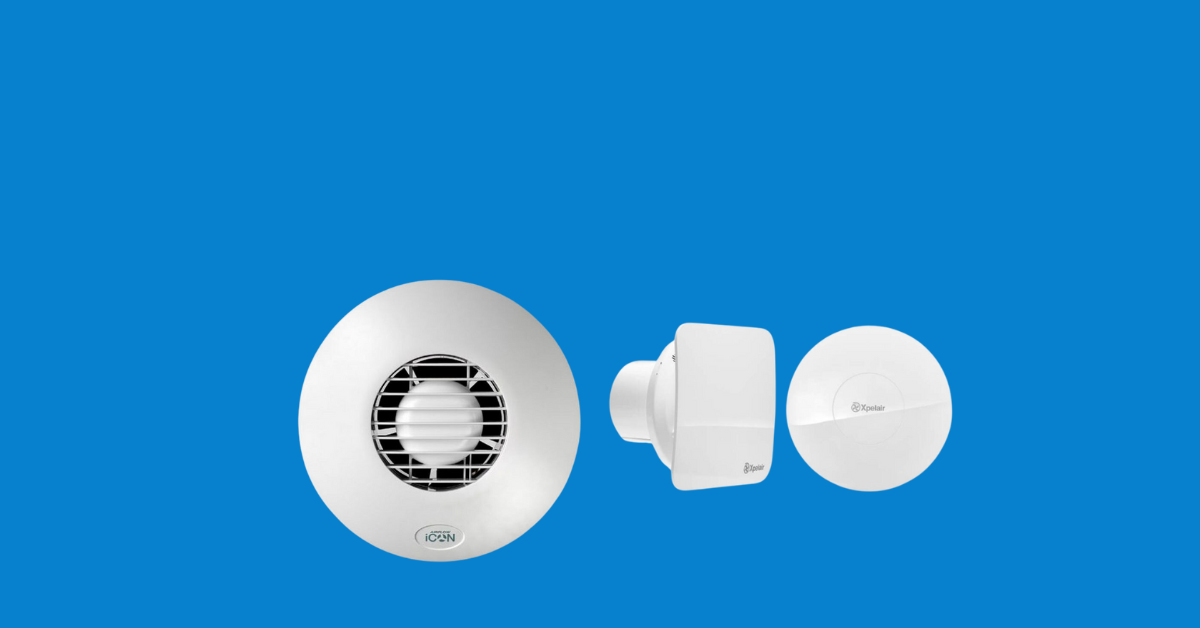
With so many options available, deciding which extractor fan size is right for your home can be challenging. Here are a few steps to help you figure out the best fit:
- Room Size: Measure the length, width, and height of your room to determine its volume in cubic meters. Multiply these numbers to get the room’s total volume. For example, a room that is 4 meters long, 2.5 meters wide, and 2.8 meters high has a volume of 28 cubic meters.
- Air Changes per Hour: Most building regulations recommend four air changes per hour for bathrooms. Multiply the room’s volume by four to determine the extraction rate needed. In our example, you’d need an extraction rate of 112 cubic meters per hour.
- Ducting Length: If your ducting is long or has several bends, you may need a more powerful fan to overcome the resistance caused by the ducting.
- Bathroom Zones: Ensure the fan has the correct IP rating for its installation zone, especially if it’s near a water source like a shower.
Conclusion:
Ceiling extractor fans offer a sleek, efficient way to keep your home well-ventilated without compromising on space or design. With a variety of options available at Meteor Electrical, you can easily find the perfect fit for your bathroom, kitchen, or other rooms that need extra airflow. Whether you opt for silent running, a fan with integrated lighting, or a model with advanced features like run-on timers, these appliances are an excellent investment in your home’s comfort and air quality.
For the latest deals and expert advice on choosing the best ceiling extractor fans, visit Meteor Electrical today!
FAQs
1. What is the purpose of a ceiling extractor fan?
A ceiling extractor fan removes moisture, odours, and smoke from a room by expelling air through the ceiling to the outside. It helps maintain air quality and prevent mold growth, especially in bathrooms and kitchens.
2. How do I choose the right size extractor fan for my bathroom?
To choose the right fan, calculate your room’s volume (length × width × height) and ensure the fan can handle at least 4 air changes per hour. For most bathrooms, a 4-inch fan is sufficient, but larger rooms may need a 6-inch or 8-inch fan.
3. Can I install a ceiling extractor fan myself?
While DIY installation is possible, it’s recommended to hire a professional to ensure proper placement, electrical safety, and compliance with local building regulations, particularly in wet areas like bathrooms.
4. What is the difference between an inline fan and a standard ceiling extractor fan?
An inline fan is installed in the ductwork and can be more powerful, ideal for larger spaces or where longer duct runs are required. Standard ceiling fans are mounted directly on the ceiling and may not be as strong.
5. Are ceiling extractor fans energy-efficient?
Yes, many modern ceiling extractor fans are energy-efficient, especially models with LED lights or run-on timers. These features help reduce energy usage by operating only when needed.

